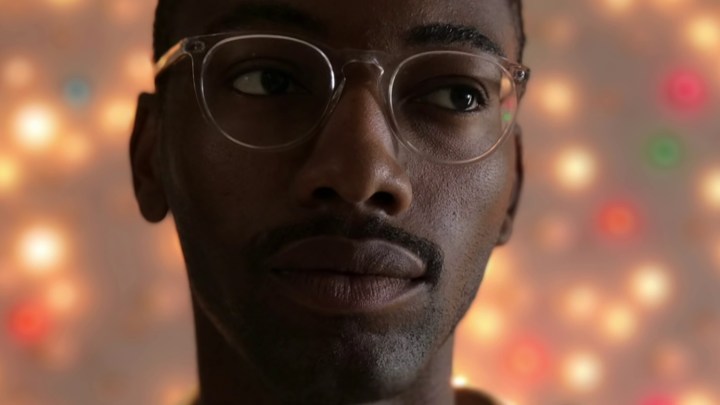
What is bokeh
So, you might be asking yourself, what exactly is bokeh and why should you care that Apple is hyping it up? The simplest way to describe bokeh is the characteristics and quality of the out-of-focus areas in an image. Many of you have likely seen those incredible portraits where the subject is sharp and in focus, while the background is nicely blurred and maybe had some balls or circles of light and color. That’s bokeh.
The iPhone 7 will limit the occasions where you need to take your dedicated camera.
These “bokeh balls” are probably the most recognizable aspect to the everyday consumer (in fact, Apple used them in its invites for its September 7 announcement of the new iPhones, which hinted at something camera-related). Bokeh, a depth of field effect, is one of those aspects to an image that are often credited as a key difference between amateur and professional photography. An amateur or phone image will typically have little to no bokeh, or if it does, it may distract from the image than accentuate it. A professional image, however, would typically have a cleaner, creamy effect that just sort of melts away behind your subject, offering a smooth and distraction-free background.
This is why the iPhone 7 Plus’ bokeh capability is a big deal. It will allow users to capture images closer to those of a professional camera, like a DSLR, than previous iPhones have been able to do. (Note: The
But what causes bokeh? In an interchangeable lens camera (DSLR or mirrorless) or advanced point-and-shoot, bokeh is affected by a few factors: the lens design, the relative depth of field, and the aperture of the lens. Depth of field is, to over-simplify things, the amount of your image that is in focus. The aperture is the opening toward the back of the lens that determines how much light is let through to hit the camera sensor. The wider or more open the aperture is, the shallower your depth of field will be (meaning less of the image is in focus, and thus more of the image is blurred).
How the iPhone 7 Plus produces bokeh
So now you know what bokeh is and how it occurs, but with the iPhone 7 Plus, there is the catch – it doesn’t produce “real” bokeh, in the traditional camera sense. The fact of the matter is that the physics are against them here, and the phone’s sensor size, lens design, and thin form-factor make it virtually impossible to get the sort of bokeh you get from a DSLR.
Apple is actually using a combination of software, distance measurements, and depth of field data to calculate what it thinks the bokeh should look like, and then using advanced processing and computer vision to create the bokeh digitally (all part of computational photography). In other words, the iPhone 7 Plus has bokeh, but it’s fake bokeh, and compared side-by-side with the real thing, it doesn’t quite hold up. Of course, we can’t be completely sure until Apple actually releases the feature. That said, it will look significantly better than absolutely no bokeh, so it is still a win for phone camera tech.
But creating bokeh artificially isn’t new, as people have done so in the past, without the need for the iPhone 7 Plus’ complex camera system. There are apps you can download to achieve the effect. In 2013, OS X Daily published a tutorial on how to create bokeh using the iPhone’s native camera app and add-on lenses (in 2013, the latest iPhone were the 5 and 5S models). And the iPhone isn’t even the first smart device to do so. HTC did it years ago, and many phones have done it since, including Huawei’s P9, which introduced a bokeh setting, using its dual-Leica-lens system. But even though Apple isn’t the first, it will bring more attention to the feature and it will likely produce higher quality shots.
Which begs the question, is this iPhone 7 Plus camera going to replace mid to high-end digital cameras? No, the physics of the sensor size limit its ability to do that. But what it will do is limit the occasions where you need to take your dedicated camera, because now you can shoot photos with a decent bokeh, just by using the smartphone camera in your pocket.
Editors' Recommendations
- This one Apple Fitness feature completely changed how I exercise
- An Apple insider just revealed how iOS 18’s AI features will work
- iPhone 16: news, rumored price, release date, and more
- iPhone SE 4: news, rumored price, release date, and more
- 3 reasons why I’ll actually use Anker’s new iPhone power bank



